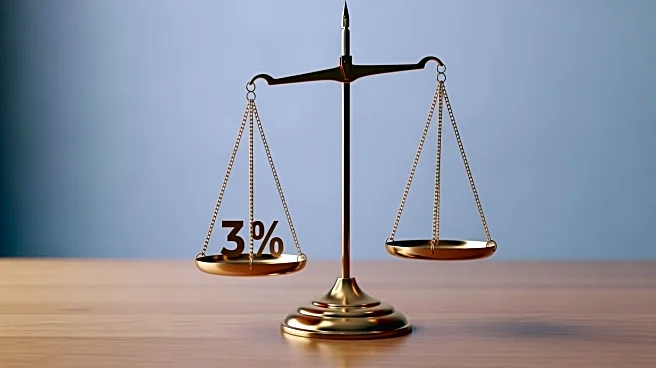What's Happening?
The U.S. labor market is experiencing a notable slowdown, with hiring rates declining and job cuts increasing at a pace not seen since 2020. According to recent data, U.S. employers have announced plans
to cut 946,426 jobs this year, marking the highest number of planned job cuts since 2020. The professional and business services industry, along with the government sector, has seen the steepest decline in job openings, with reductions of over 30% year-over-year. This trend is attributed to heightened economic uncertainty, prompting firms to delay new projects and slow hiring, thereby softening labor demand.
Why It's Important?
The slowdown in the labor market has significant implications for the U.S. economy. A reduction in hiring and an increase in job cuts can lead to decreased consumer spending, which is a critical driver of economic growth. The current trend may also influence Federal Reserve policies, as the central bank balances the need to support the labor market with concerns about inflation. Industries such as professional services and government are particularly affected, potentially leading to broader economic repercussions if the trend continues.
What's Next?
As the labor market continues to cool, businesses and policymakers will need to navigate the challenges of maintaining economic stability. Companies may focus on efficiency improvements and cost-cutting measures to adapt to the changing economic landscape. Meanwhile, the Federal Reserve may consider further interest rate adjustments to stimulate job growth without exacerbating inflation. The coming months will be crucial in determining whether the labor market can stabilize or if further interventions are necessary.











